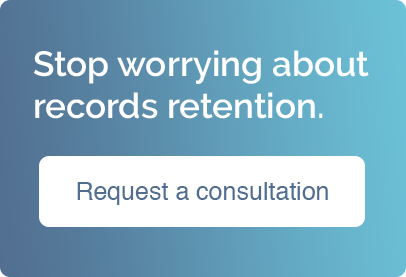Patient portals save administrative time and improve patient care in a variety of ways. They empower patients to take a proactive approach to their healthcare, although there are many in-office efficiencies. Here is an overview of how they work.
Access Patient Records Anywhere
With a secure patient portal, patients can log in from anywhere with internet access to view a summary of their most recent visit, lab results, prescription list, treatment plan, current immunizations, and more. While the full file may not be accessible, this information can help visit other physicians—sometimes replacing the delay for sending files to secondary physicians.
Direct Communication
Questions inevitably arise after a new diagnosis. Instead of making additional appointments to handle quick questions, patients can securely email their physician in the patient portal. Doctors can respond to these messages in-between patients in less time than making a phone call. Doctors’ offices can also email patients when lab or test results are available faster and easier than playing phone tag.
Schedule Appointments
Empower patients to schedule and keep track of their upcoming appointments when convenient. Online scheduling frees up physician phone lines, and the built-in appointment reminders minimize missed appointments. Reminders include information for scheduled appointments, annual checkups, and appointments per the suggested treatment plan.
Patient Information
Handling patient forms are easier since filing issues are reduced, and electronic document retention becomes simpler. Instead of arriving early to fill out multiple new patient forms, patients can complete and update most records and insurance information electronically.
Implementing a patient portal doesn’t eliminate the need for a document retention calendar. IRCH can help you build a custom retention solution for your healthcare facility. Contact us today to request a consultation.


